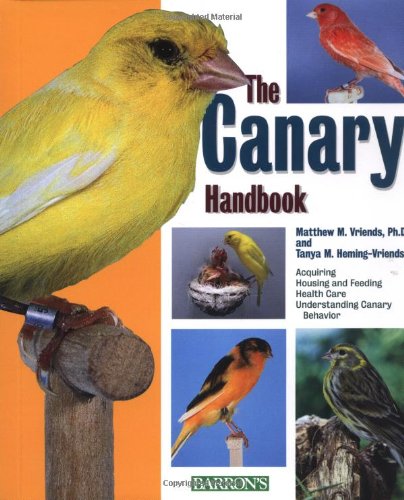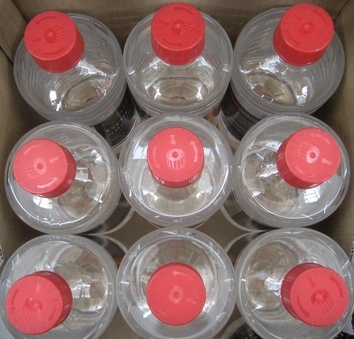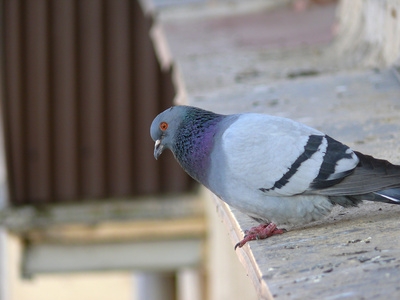
If your chicken is limping it is likely that it has developed bumblefoot, also known as 'plantar pododermatitis'. Bumblefoot is usually caused by a cut to the skin of the foot pad which becomes infected, causing a large growth on the bottom of the chicken or bird's foot. It doesn't have to be a wide open cut just a small scrape or light abrasion to the foot pad is enough to cause a problem. Regular inspection of your birds' feet is recommended.
Most cases of bumblefoot involve the following bacteria: Staphylococcus Aureus, E.coli, or Corynebacterium. Once the infection takes hold in a matter of days the foot and or foot pad becomes swollen, puss may develop and it will become red or black and may be hot to the touch. If the foot is swollen but s still soft to the touch you have a very good chance of curing the problem with antibiotics alone. The chicken will often limp or not rest on the infected foot. This infection can cause distortions and disfigurement to the feet and toes causing future difficulties with walking, perching and in cock birds with mating holds. If you allow bumblefoot to go untreated, the chicken will likely succumb to a secondary infections and die, so it is essential it is treated as soon as it is suspected.
Prevention
Obviously if your birds have free access to roam wherever they wish, ensuring that they never cut their feet whilst scratching around for food is nearly impossible. But you should always ensure that the yard is free of obvious sharp stones or items that the bird could cut its foot on. In addition any runs should be checked and all perches should be inspected regularly to make sure that they are smooth and free of rough edges or splinters top prevent the chickens injuring themselves.
Treatment for bumblefoot
It is recommended that the chicken be taken to the vets for the foot to be examined where a course of antibiotics will be administered as this is a bacterial infection. Treatment should be obtained quickly as this infection can quickly cause further problems for the chicken with extreme swelling sometimes leading to surgery.
The foot should be disinfected and this can be done using an antibacterial animal spray or the use of a measured iodine solution. Whilst the foot is healing the chicken should be kept in an isolated area with clean soft bedding to avoid further irritation. The infection usually clears up within 7 days, but if it does not appear to be responding you should seek further professional help.
 Brinsea Spot Check Thermometer
Highly Accurate Digital Spot
Brinsea Spot Check Thermometer
Highly Accurate Digital Spot
 A Beginners Guide to Keeping Canaries
A Guide to Keeping CanariesC
A Beginners Guide to Keeping Canaries
A Guide to Keeping CanariesC
 How to Make Bottle Bird Feeders
How to Make Bottle Bird Feeders
How to
How to Make Bottle Bird Feeders
How to Make Bottle Bird Feeders
How to
 Exploretrip Partners With Take Trips Guard To Deliver Travel Insurance
Any most famous elegance in the metropolitan area is none
Exploretrip Partners With Take Trips Guard To Deliver Travel Insurance
Any most famous elegance in the metropolitan area is none
 How to Build a Simple Bird Trap?
How to Build a Simple Bird Trap?
How t
How to Build a Simple Bird Trap?
How to Build a Simple Bird Trap?
How t
Copyright © 2005-2016 Pet Information All Rights Reserved
Contact us: www162date@outlook.com